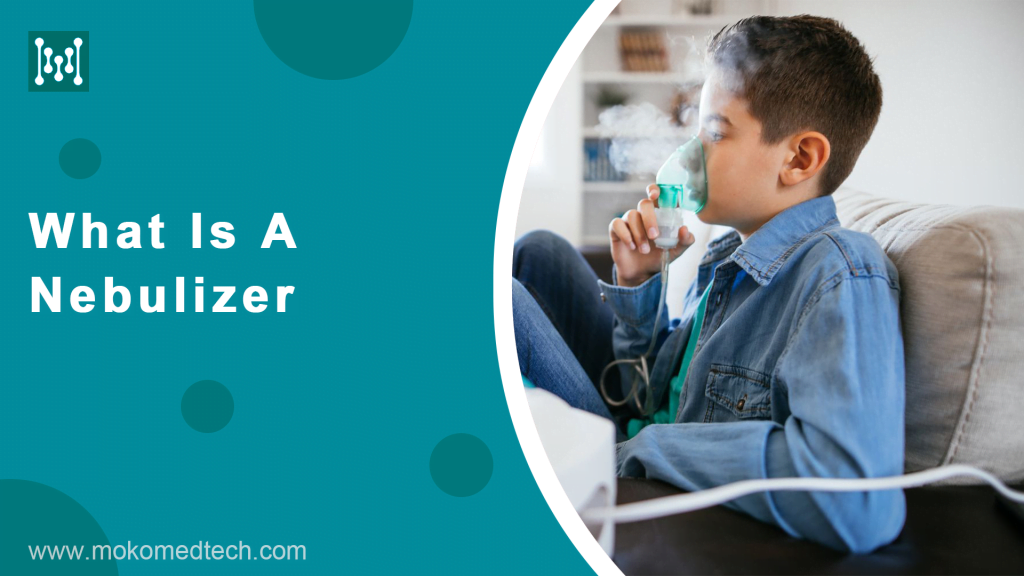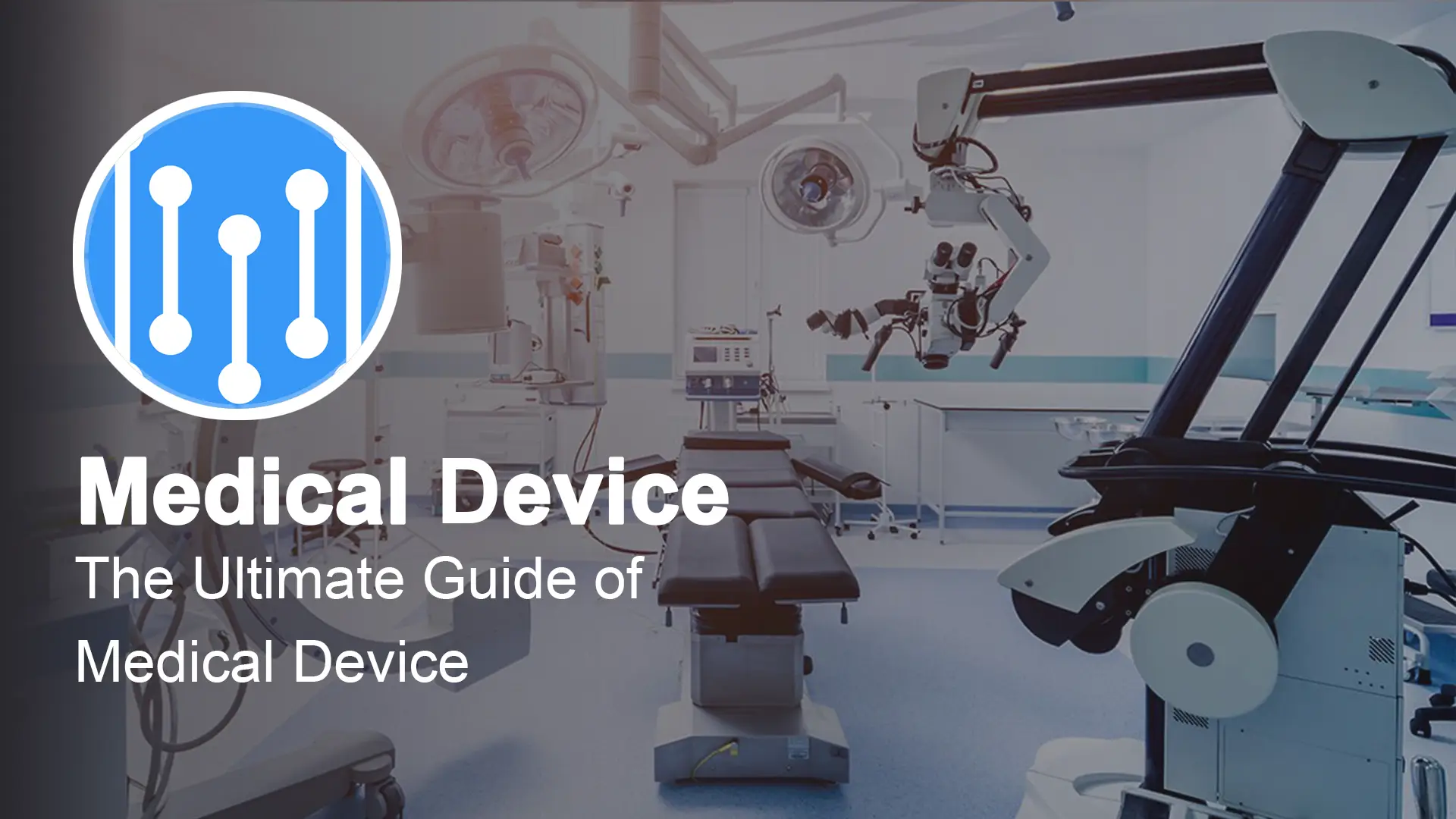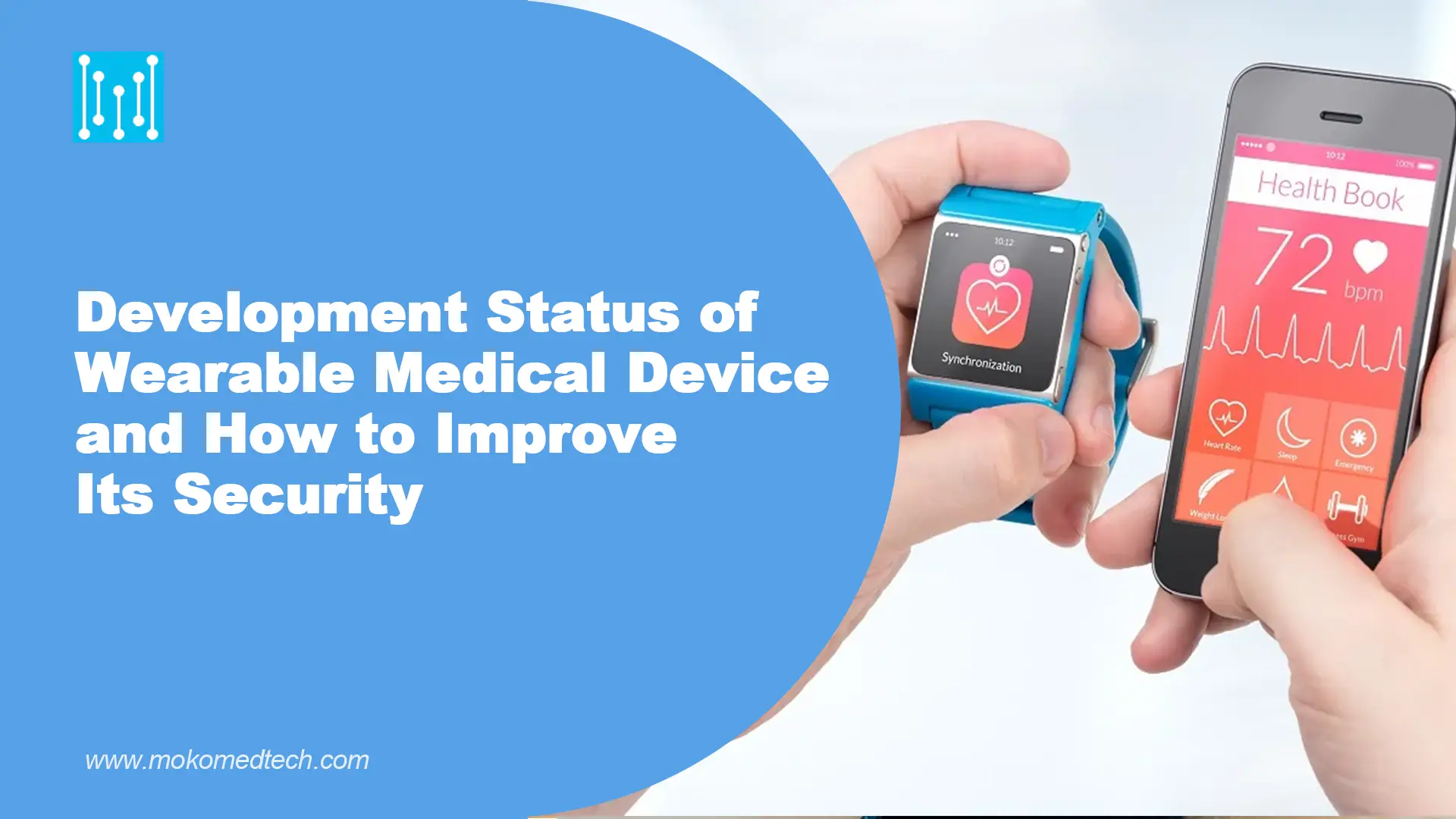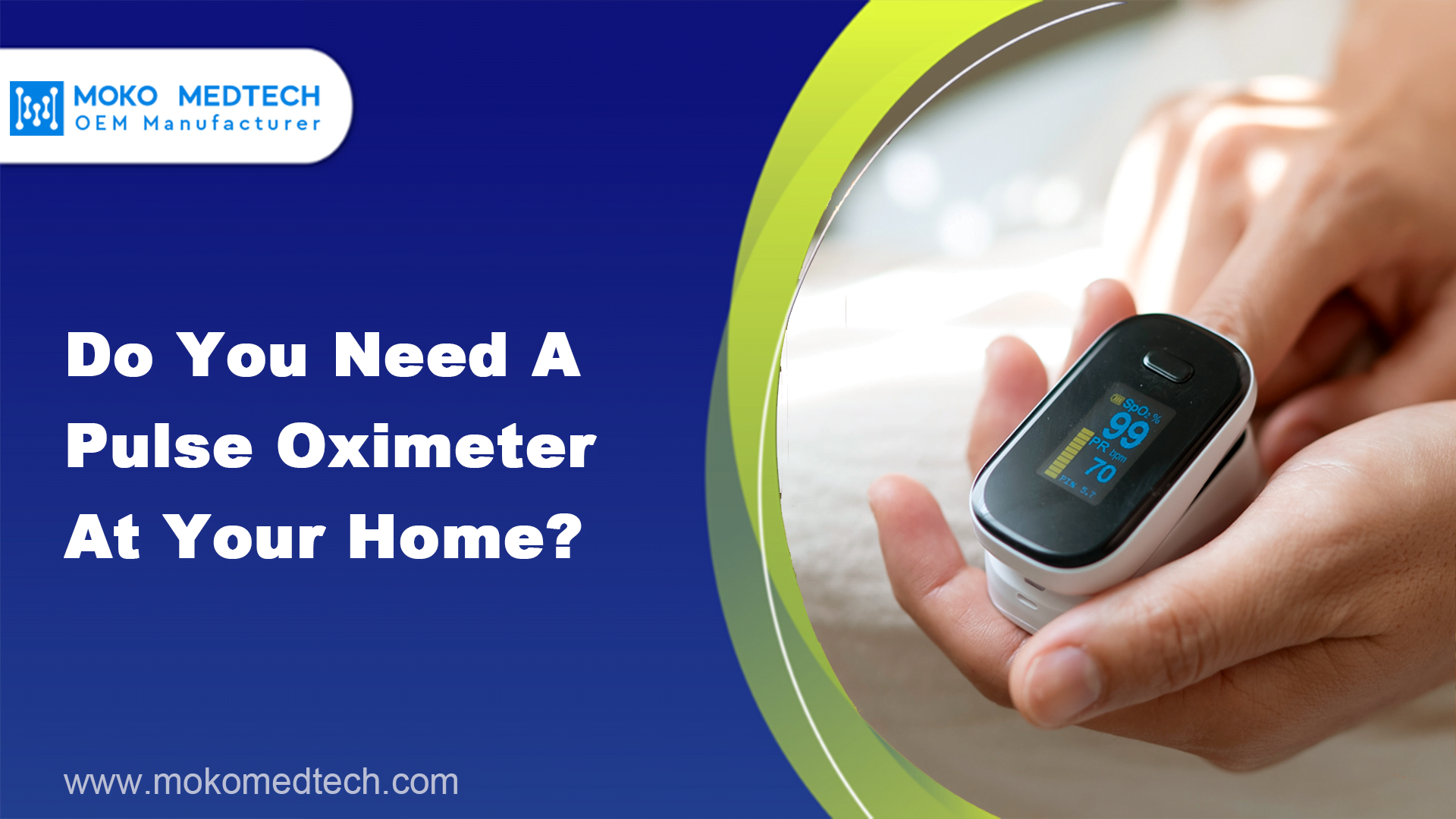Breath in and breath out, you may never pay lots of attention to your respiratory tract unless they get sick. Today, let us MOKO Medtech OEM be your respiratory tract guardian, introducing one of useful medical devices, home nebulizer, in case of outbreak of respiratory disease.
How Do Nebulizers Work?
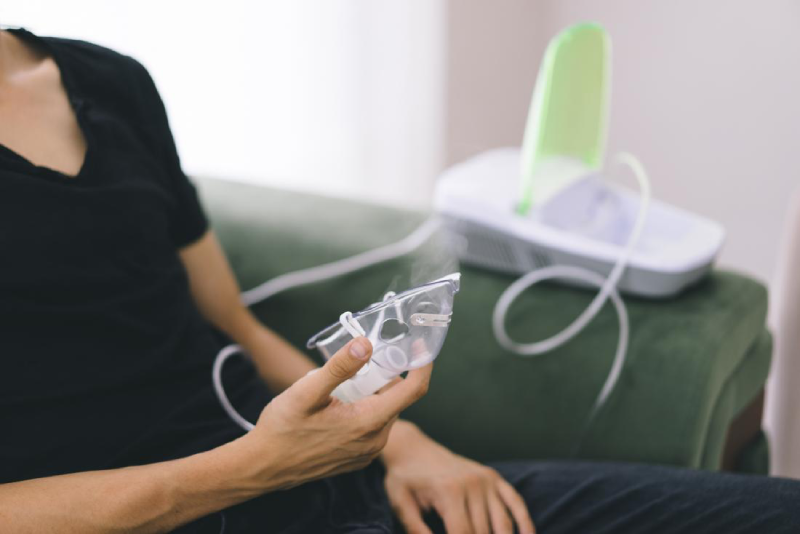
Nebulizer is a medical device which transforms drug liquid into small particles. In common, there are three optional principles for nebulizing.
- Mesh nebulizing: After going through a vibrator and a little mesh, the drug liquid becomes spray.
- Jet nebulizing: The device produces airflow at high speed which will carry the drug liquid. Then, they both hit against an obstacle, splashing off small particles.
- Ultrasonic nebulizing: The ultrasonic energy becomes larger as the central sound pressure is concentrated, so that the liquid surface swells to form a water column. Then, the water film at the top of the water column breaks and sends a mist of particles.
- Through breathing, the medical spray enters the respiratory tract and lung in the purpose of healing disease.
As we all know, the key function of a nebulizer is to nebulize the medical liquid so that human respiratory tract can well absorb the little medical particle during breath. With the development of technology and market, nebulizer contains other supplementary functions, such as USB charge, handheld, rate control and Bluetooth function. These factors greatly contributes user-friendly experience.
What Conditions Can Nebulizers Treat?
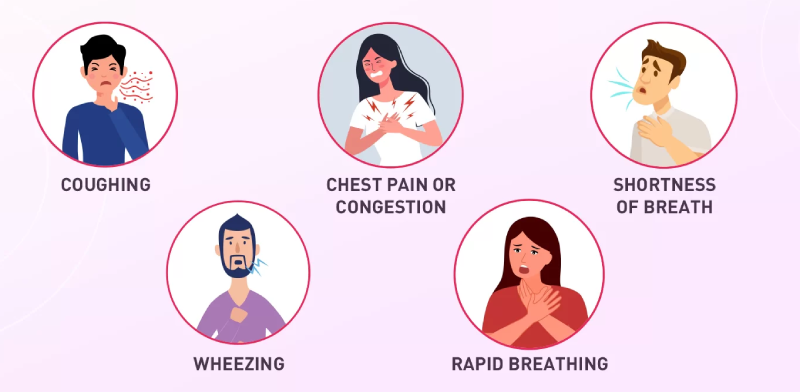
Nebulizers are mainly used to treat various upper and lower respiratory diseases, such as pharyngitis, bronchitis, chronic obstructive pulmonary disease, bronchiectasis.
Treating Springtime Allergies and Asthma
Nebulization also has some relieving effect on allergic asthma, which can reduce the symptoms of asthma. However, it is basically an abnormal immune response caused by allergic substances, so it also needs to be treated with anti-allergic drugs.
How a Nebulizer Can Ease Flu Symptoms
Nebulized treatments are effective for flu symptoms. Nebulized medicine can help thin the mucus in the lungs and facilitate expulsion. Drinking plenty of water to speed up your metabolism may also help with recovery.
How Nebulizer Help Respiratory Conditions
The atomizing device disperses the medicinal liquid into fine mist droplets and sprays them in aerosol form. Patients inhale them through the nose or mouth to achieve the therapeutic effect. Because its action site is direct, and the local drug concentration is high to realize the curative effect. What’ more, it reduces the adverse reactions caused by the systemic application of the drug.
It is widely used in patients of all ages in clinical practice. It is especially effective in cases of chronic cough, acute attack of asthma and acute laryngitis.
Who Needs a Nebulizer Machine?
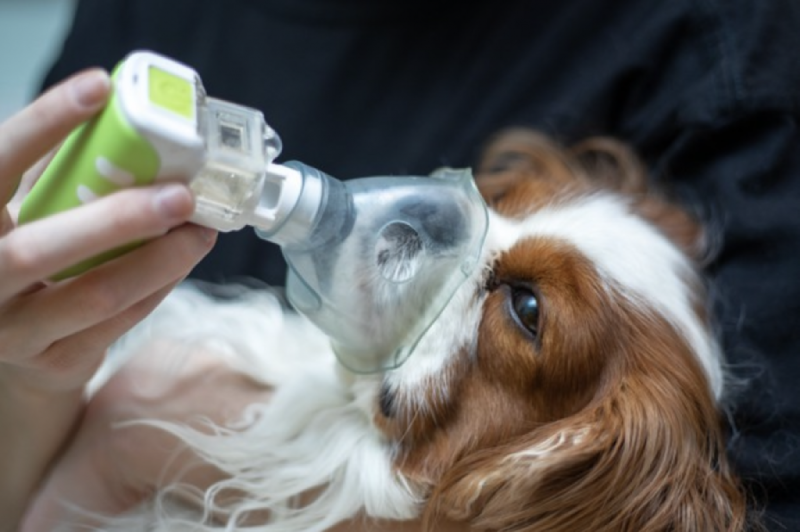
Nebulization therapy is mainly aimed at people with respiratory mucosal inflammation, persistent cough, and bronchospasm. Most of them are the elder and children.
Signs your child may need a nebulizer are easy to identify although they can not clearly tell how they feel. Firstly, when a child coughs with shortness of breath, or coughs with phlegm, parents can follow the doctor’s advice to give the child nebulization to relieve symptoms. Secondly, if the child suffers from a sore congestive throat, parents can also follow the doctor’s advice to use interferon or traditional Chinese medicine to give the child atomization treatment.
Why Would You Use A Nebulizer?
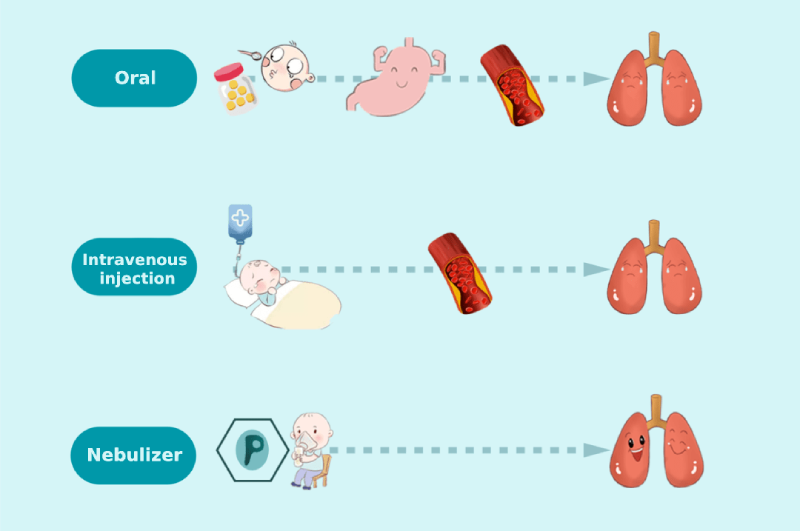
For respiratory diseases, there are generally three common modes of administration-oral pills, IVs, and nebulizers. We recommend nebulization treatment as the preferred method because of its outstanding advantages.
First of all, atomization treatment directly acts on the diseased part, the respiratory tract. This can not only promote the effect of medicine delivery, but also weaken the side effects on other organs.
Secondly, nebulizer therapy does not cause patients any pain, compared to intravenous injection.
Thirdly, due to the ease of operation, the nebulizer is suitable for home treatment of patients. For example, the recent Canadian wildfires have resulted in poor air quality in surrounding areas. Patients with respiratory diseases should not go out to see a doctor but they really need treatment. To solve this problem, home nebulizer treatment with Bluetooth function is the first choice for them. The treatment data can be nicely sent to the doctor for reference through online consultation.
Fourthly, it is also very portable, allowing patients to apply anytime and anywhere.
What Are the Different Types of Nebulizers?

Actually, there are four classification ways for nebulizers from the perspective of device principle, application site, portability, use technique.
Mesh Nebulizer, Ultrasonic Nebulizer Versus Jet Nebulizer—Which One is Better?
5.1.1 Jet nebulizer (Compressor)
Before purchasing a compressor nebulizer, everything you need to know about your nebulizer compressor is about principle, usage, advantages, target user and purchase notes. Advantages of compressor nebulizer are broad drug compatibility and good life-time.
5.1.2 Differences between an ultrasonic vibrating mesh nebulizer and an ultrasonic nebulizer
Ultrasonic nebulizer is good at nebulizing speed but the medical particles it produces are big. So only for upper respiratory disease can ultrasonic nebulizer handle.
However, if vibrating mesh is equipped, everything changes. The mesh nebulizer can produce particles within 3µm-diameter, which can reach both upper respiratory and lungs. Therefore, ultrasonic mesh nebulizer shave gradually replaced ultrasonic nebulizers in the household medical device market due to its outstanding healing effect.
What Is the Difference Between A Medical Nebulizer and A Household Nebulizer?
5.2.1 What Types of Medical Nebulizers Are There?
Ultrasonic nebulizer and mesh nebulizer are both common in the clinical nebulizer market. Both their structures are relatively complicated. And its spraying power is stronger. In addition to treating lesions of the upper respiratory tract, medical nebulizers can further treat lesions of the lower respiratory tract, such as the trachea, bronchi, and alveoli. The particles they produce can penetrate deeper into the lungs, allowing drugs to spread deeper into mucous membranes.
5.2.2 Household Nebulizer
Compared to clinical nebulizer, the home atomizer is very convenient to carry. Moreover, the structure is relatively simple. With the development of IoT technology, some household devices are configured with Bluetooth modules so as to ease the data communication between professional and patient at home.
Tabletop or Portable Nebulizer—Which is Better?
5.3.1 What Is A Portable Atomizer?
A medical portable nebulizer is a great tool for treating various respiratory diseases, especially acute respiratory disease. Generally speaking, we regard those in small size and light weight as portable devices. They can be put into our pocket and handbag. When respiratory disease comes acutely, they are available in our bags to save our health timely.
5.3.2 Tabletop Nebulizer
Compared to portable nebulizer, tabletop nebulizer suits chronic respiratory disease a lot. It can be placed stably on the table, when we are receiving nebulizer therapy. That provides a calm and peaceful atmosphere. What’s more, due to its size and fix position, you can easily find the tabletop nebulizer in your big house when you need it.
Nebulizers vs. Inhalers: How To Choose The Best Option
5.4.1 What Is the Difference Between A Nebulizer and An Inhaler?
Since the inhaler is actively inhaled by the patient, it is not suitable for patients with poor lung function. Because they inhale less drugs, and the therapeutic effect will be poor.
Compared to inhaler, nebulizer is more friendly for user. With natural breathing, it directly enters the respiratory tract and lungs to achieve the purpose of cleaning and humidifying the airway, local treatment or systemic treatment.
5.4.2 Inhalers vs. Nebulizers – Which One Is Better for Managing COPD?
For COPD, it is advisable to choose nebulizers. Patients with COPD suffer from sustained airflow limitation, so it is very hard to take a deep breath for inhaling drug powder. In contrast, nebulizers work. It less depends on the breathing power of the patient to achieve good treatment effects.
How Do I Find The Best Nebulizer?
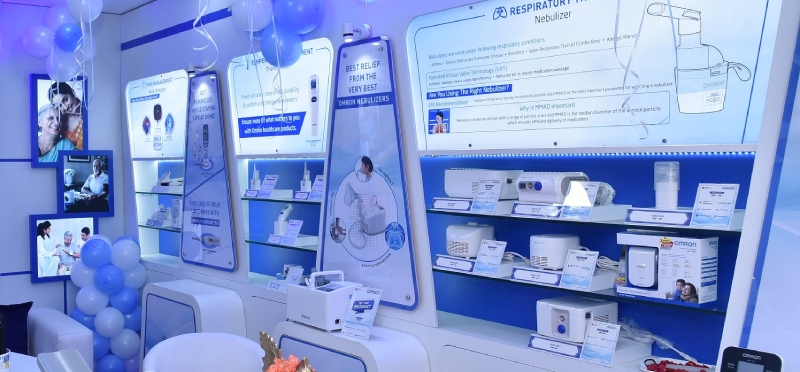
In addition to considering product types, we should care more about the quality, targeted user, accessories and cost to source wonderful nebulizer.
Which Nebulizer Cup Is Right for You?
Cup with mouthpiece and mask are very popular types in the market. We highly recommend cups with masks to children rather than mouthpieces. Low breath technique requirements allow children to receive the drug more effectively. In contrast, the mouthpiece is more suitable for adults than children.
Choosing Aerosol Therapy Options for Children
Some innovated designs occurred in the nebulizer market recently. For example, the nebulizer mask is shaped as a fish or a frog, aiming at improving children’s interest in therapy. What’s more, the main devices are painted cartoons in nice colours. These nebulizers are very kid-friendly.
How Do I Use a Nebulizer?
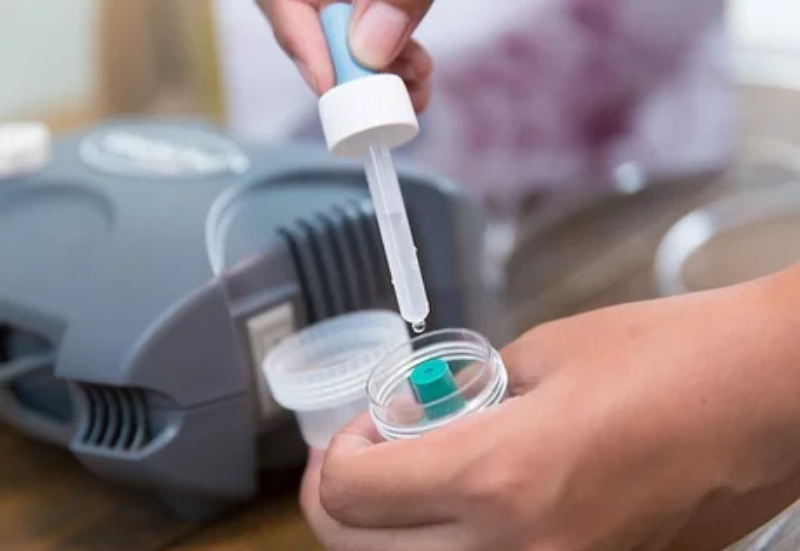
Compressor nebulizer and mesh nebulizer enjoy popularity in the market. And their use method is very similar.
The first step is to add medicine to the nebulizer according to the doctor’s advice. Then, turn on the power, after the indicator light is on, put on the cup, and inhale the nebulized medicine until the aerosol disappears.
It must be noted that it is best to choose a sitting position when nebulizing inhalation. If you can’t take a seat, you can raise your head and hold it at 30° to your chest. The hand-held mesh nebulizer should be kept vertical to the ground to avoid spillage of the medicine. Finally, don’t forget to clean and maintain all the accessories.
Additionally, child is the main user of nebulizer but with lack of stable mood and using experience, so we need to adopt clever techniques. Patient’s guide to nebulizer therapy is shared as follows.
What Are the Special Breathing Techniques to Practice When Nebulizing?
When nebulizing, patients should use a mouthpiece or mask under the guidance of a doctor. Firstly, close their lips tightly, inhale through their mouth in a deep and slow way. Next, exhale slowly through the nose.
Tips to Make Your Child’s Nebulizer Treatment Easier
It is recommended to choose the appropriate treatment time. Usually, parents can treat their babies nebulizing therapy half an hour before meals or breastfeeding.
Tips to Make Nebulizer Therapy Fun for Kids
If the baby is afraid, parents can also divert the baby’s attention to watching some cartoons. The time for each atomization is about 10-15 minutes.
An In-Depth Guide To Nebulizer Treatment
Nebulized inhalation of drug liquid can help humidify the airway. However, the sprayed mist can repells the air from entering the respiratory tract and reduces the oxygen inhalation. For patients with pneumonia and heart failure, the oxygen uptake should be prior to nebulization therapy, preventing the patient from asphyxiation due to hypoxia.
How to Clean and Maintain Your Nebulizer
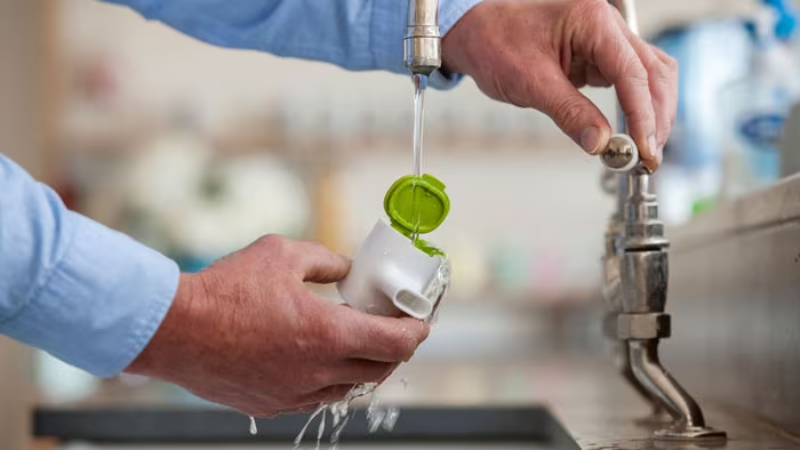
Cleaning and Sanitizing Your Nebulizer Supplies
Firstly, thoroughly clean all parts of the sprayer with warm running water. Very little dish soap is allowed. Then, rinse all parts of the sprayer well with running water.
Secondly, it is recommended to use a disinfectant containing 500mg/L of available chlorine to soak the accessories for more than 10 minutes. Alternatively, sterilize by boiling. Rinse all parts of the sprayer thoroughly with tap water after disinfection. Finally dry the moisture.
What’s Going on With My Nebulizer System?
| Troubleshooting Nebulizers | What Replacement Parts Do I Need? | |
| 1 | The gas can go through the airway except for the nebulizer cup. | Nebulizer Cup |
| 2 | The gas can pass through the cotton filter but not the air way. | Airway |
| 3 | The gas can go out from the outlet hole but not the cotton filer. | Cotton filter |
| 4 | The nebulizer is operated in normal but no gas comes out. | Cleaning outlet hole |
| 5 | Troubles except for the above. | Call for factory maintenance |
How Often To Replace Nebulizer Parts
Nebulizer mouthpiece – two weeks
Airway-two months
Cotton filter-two weeks
Vibrator in nebulizer cup-five months
Conclusion

We will keep updating useful knowledge of respiratory medical devices. Tell us which parts of knowledge you prefer to look into. And we will offer more in-deep content about that.
